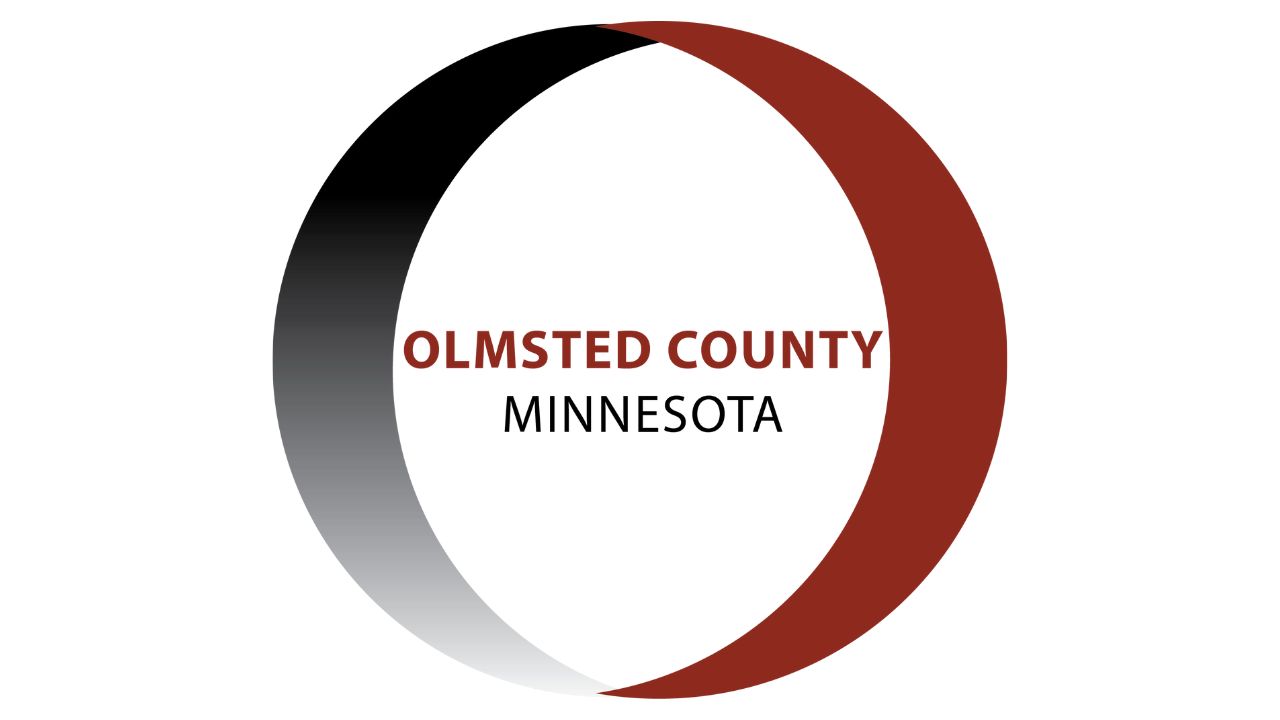Olmsted County asking for public input on hazard mitigation plan

(ABC 6 News) – Olmsted County is asking residents, community leaders, business owners, area agencies and organizations to share how severe weather events impact their property and lives, and to share ideas on how to reduce impacts in the future.
The Olmsted County Office of Emergency Management is working with U-Spatial at the University of Minnesota-Duluth to update the county’s hazard mitigation plan (HMP). The plan assesses the natural hazards that pose risk to the county, such as tornadoes, straight line winds, ice storms, blizzards, wildfire, flooding, and extreme temperatures and identifies ways to minimize the damage of future events. As the county works to update the plan, public input is needed.
The plan is multi-jurisdictional and includes the cities of Byron, Chatfield, Dover, Eyota, Oronoco, Pine Island, Rochester, and Stewartville. As one of four Minnesota cities of the first class (more than 100,000 inhabitants), the City of Rochester previously developed a separate hazard mitigation plan. In order to address planning for natural disasters more comprehensively and build on shared capabilities, Olmsted County and the City of Rochester are now partnering to address hazard mitigation planning under one joint plan.
The plan also incorporates the concerns and needs of townships, school districts, and area agencies or organizations. The plan will be updated by a team of representatives from the county, cities, townships, school districts, and other key stakeholders. When completed, the plan will be submitted to the Minnesota Department of Homeland Security and Emergency Management and the Federal Emergency Management Agency (FEMA) for approval.
Examples of hazard mitigation include:
- Conducting public outreach on severe weather awareness and preparedness.
- Limiting or restricting development in floodplain areas.
- Removing existing buildings from flood or erosion prone hazard areas.
- Using snow fences to limit blowing and drifting of snow over road corridors.
- Constructing tornado safe rooms in vulnerable areas such as mobile home parks.
- Burying overhead powerlines that may fail due to heavy snow, ice, or windstorms.
Some mitigation activities may be eligible for future FEMA Hazard Mitigation Assistance grant funding.
Public input is an essential part of the plan update. As part of the planning process, Olmsted County is seeking feedback from across the county to incorporate into the plan:
- What are the natural hazards you feel pose the greatest risk to your community?
- What concerns do you have, and what sorts of actions do you feel would help to reduce damages of future hazard events in your community or the county as a whole?
Comments, concerns, or questions regarding natural disasters and potential mitigation actions can be submitted to Olmsted County Emergency Management by phone, email, or by posting a comment on social media.
There will be additional opportunities for public feedback throughout the planning process. A draft of the plan will be available for public review prior to submission of the plan to the State of Minnesota.
The Federal Disaster Mitigation Act of 2000 (DMA 2000) requires counties to update their plan every five years to maintain eligibility for FEMA’s Hazard Mitigation Assistance (HMA) grant programs.